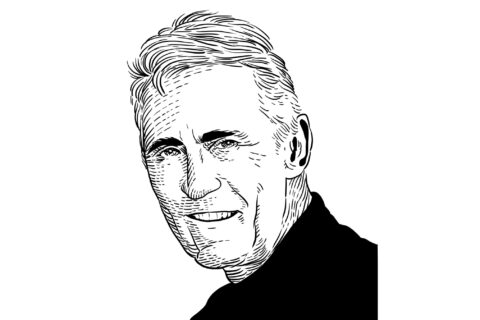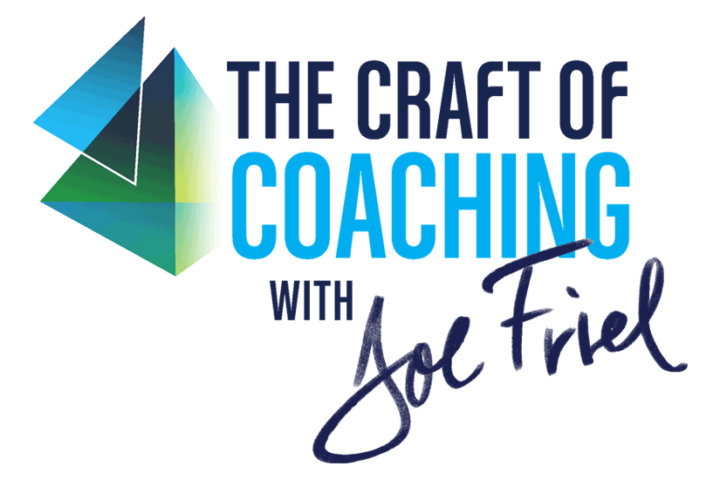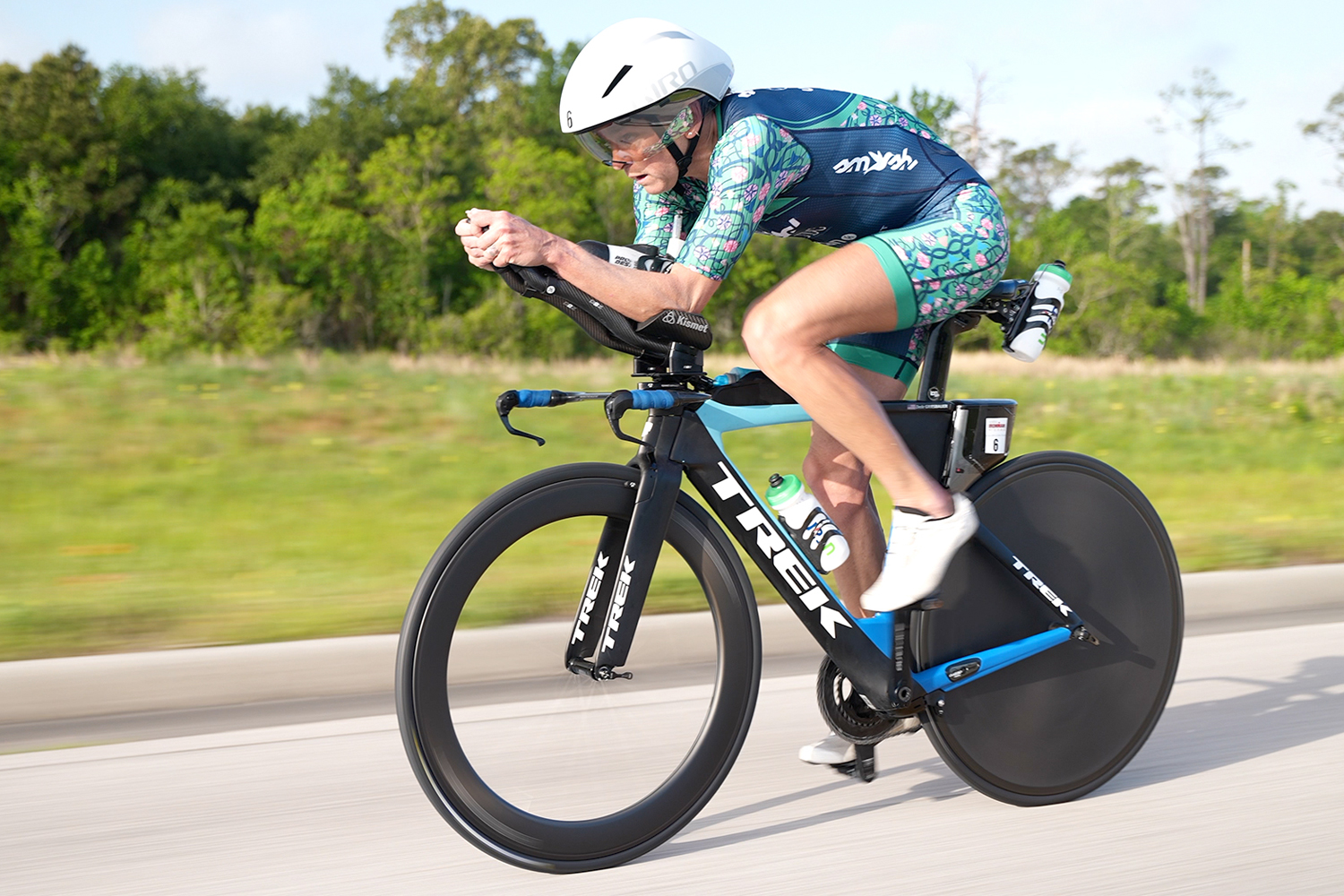
Joe Friel’s bestselling book Fast After 50: How to Race Strong for the Rest of Your Life cracked open a new world of possibilities for endurance athletes. In the years since, participation of masters athletes in endurance sports has continued to grow, and world-record performances by athletes in their 50s, 60s, 70s, and beyond are being continually rewritten. Dede Griesbauer’s smashing world-record win at the 2022 Ultraman World Championship is evidence that masters athletes, both pros and age-groupers, are defying the limits of age.
This module of Craft of Coaching tackles the art and science of cultivating performance with masters athletes.
- Find out how to help your athletes cultivate their best performances at any age.
- Get up to speed on the latest research on masters athletes, which looks very different than it did 10 years ago.
- Meet some of the masters athletes and coaches who will inspire you to reimagine what’s possible, both for athletes with a long history in the sport and those just getting started.
- Help athletes set meaningful goals when a personal record is no longer practical.
- Target gains in economy by helping athletes troubleshoot the aspects of technique that limit performance and increase risk of injury.
So why do we slow down and what can be done about it? In the video that follows Coach Joe Friel explains what can be done to maintain an athlete’s aerobic capacity, muscle mass, and hormone production.
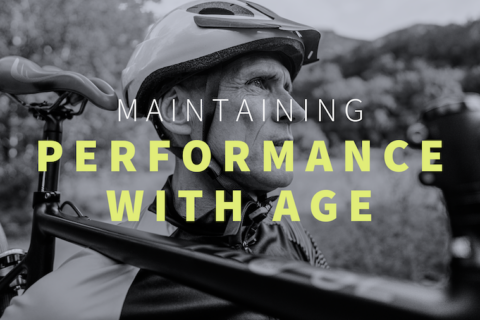
Maintaining Performance with Age
It’s inevitable that training will look different for masters athletes and evolve over time. Griesbauer told Fast Talk about her preparation for Ultraman, which involved tremendous attention to detail and a patient, regimented method for both training and recovery. Admittedly, results will vary, but a smart, conscientious approach offers masters athletes something even more precious than a podium . . . longevity.
My biggest pet peeve is when people say that age is just a number. Because it’s not! Age is a really real thing. But what I’m seeking to prove is that we can be successful in spite of age.
Dede Griesbauer, ultraman world-record holder at age 52
How to help masters athletes defy the odds
Joe Friel likes to remind athletes and coaches that there is no limit to how good you can be based on age. In an extreme example, French cyclist Robert Marchand began consistently riding his bike in retirement, eventually riding from Moscow to Paris. As a centenarian, Marchand collaborated with a group of scientists to prove VO2max can increase after age 100 en route to setting a world record on the track, riding 14 miles in one hour.
In that spirit, Coach Trevor Connor corrects some assumptions based on old research about what is and isn’t possible for aging endurance athletes in the article below.
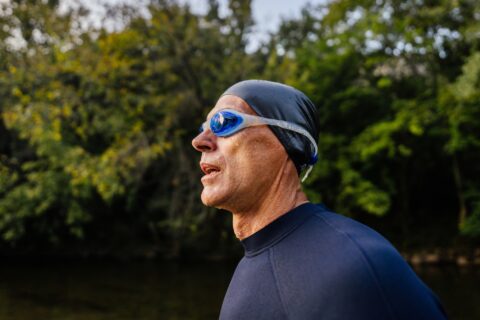
Forget (Most of) What You’ve Heard About the Effects of Aging
Good coaching is invaluable to masters athletes who need to continually evolve their training and recovery to maintain performance or take on new challenges. While the precise formula is highly individual, there are several strategies that help masters athletes remain competitive by leveraging their strengths and minimizing losses.
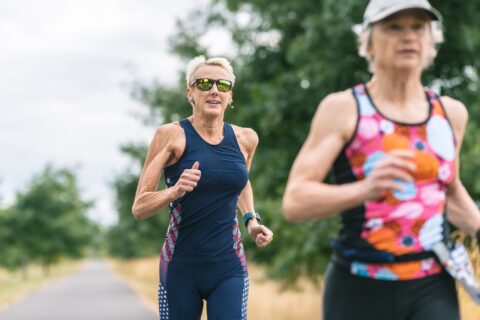
10 Performance Tips for Masters Athletes to Slow the Effects of Aging
Welcome latecomers with big dreams
Coaching latecomers to the sport can be an invigorating challenge. Coaches Joe Friel and Alison Freeman describe inspirational stories of their athletes training hard to stay just ahead of the course cutoffs in order to finish a “bucket list” race or qualify for Kona. Other masters athletes, like Cathy Utzschneider, discover plenty of untapped potential and use their 40s, 50s, and 60s as a runway to their best performances.
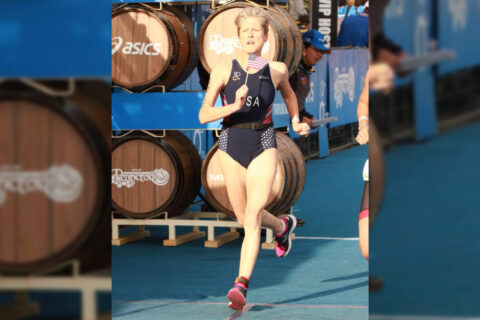
Never Too Late to Start: Unlocking Performance as a Masters Athlete
Reframe goals with masters athletes
Some athletes start every season with a goal to set a new PR, a strategy that is likely to drain their motivation and enjoyment in the sport as they get older. Friel encourages athletes to track their performance at multiple durations over a one or two-year window. The losses at shorter durations might be offset by improvements or steady performance at longer durations, setting up a valid question that might shape training in the coming months, “Is the athlete achieving all that they can achieve at a given duration?”
In setting her own athletic goals, Cathy Utzschneider has pulled out all of the stops, racing a wide variety of distances and training for new sports. Her MOVE method encourages athletes to be curious about new goals that could extend their longevity and engagement with sport.
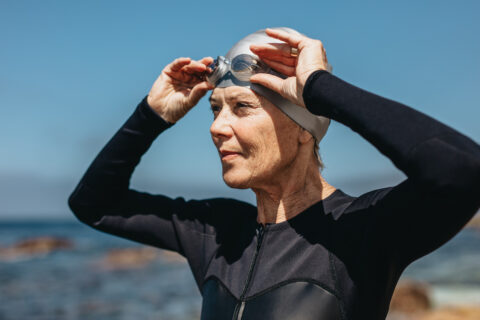
Lifelong Pursuit: The Value of Physical Goals for Aging Athletes
Age affords less room for mistakes
Coach Joe Friel points out three problems aging masters athletes need to address if they want to maintain the highest possible level of performance over the years: declining aerobic capacity (or VO2max), decreasing muscle mass, and increasing body fat. Each one affects the others, particularly body composition, which can be a tricky topic for coaches to address with their athletes.
In the following excerpts from his book Fast After 50, Friel shifts the athlete’s attention to hormonal changes that are especially affected by age and lifestyle. There are big gains to be had if the athlete is open to make some changes.
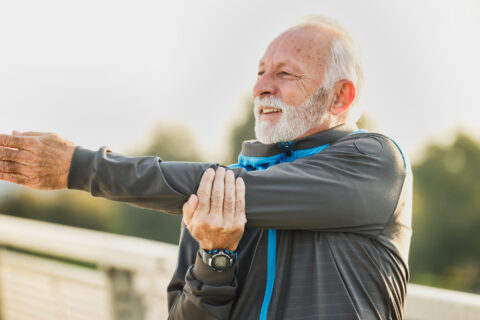
What Masters Athletes Need to Know About Insulin Resistance
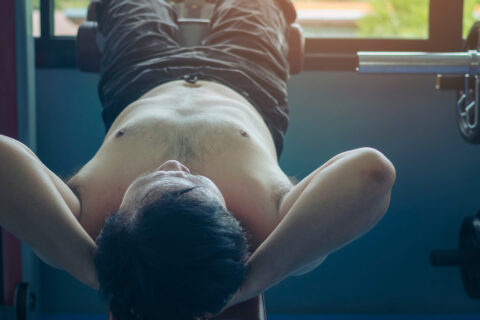
How Hormones Conspire to Store Fat
RELATED: In Craft of Coaching Module 12, Dr. Stacy Sims speaks to the physiological changes that women face as masters athletes.
Don’t give up on economy
While it’s inevitable that aerobic capacity will decline over age, losses in economy are far more gradual, particularly if the coach and athlete remain focused on it. Joe Friel asked Coach Bobby McGee to offer his input on whether it’s possible to teach an older athlete new technique. Not to steal his thunder, but the answer is an emphatic yes.
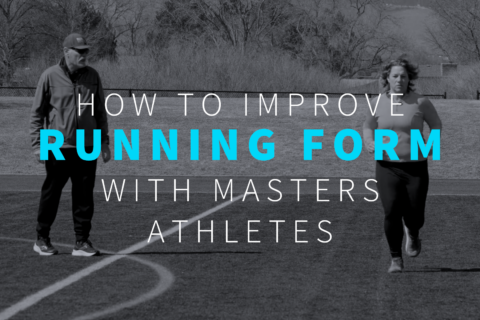
Better Running Form Makes a Better Athlete, at Any Age
Perks of being fit and old
In the article that follows, Friel talks candidly about his “big three”—family, career, and racing his bike, all of which have evolved over time, and mostly for the better.
